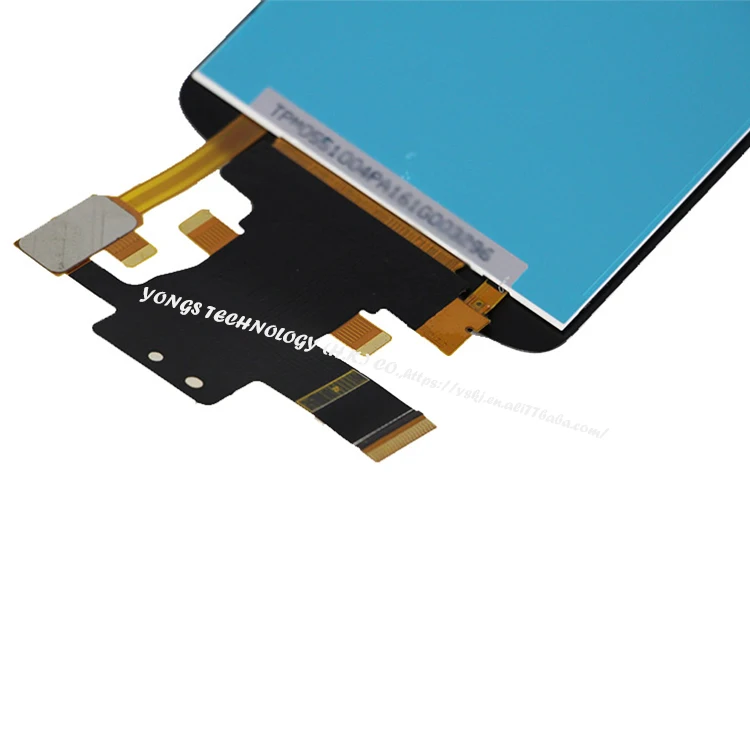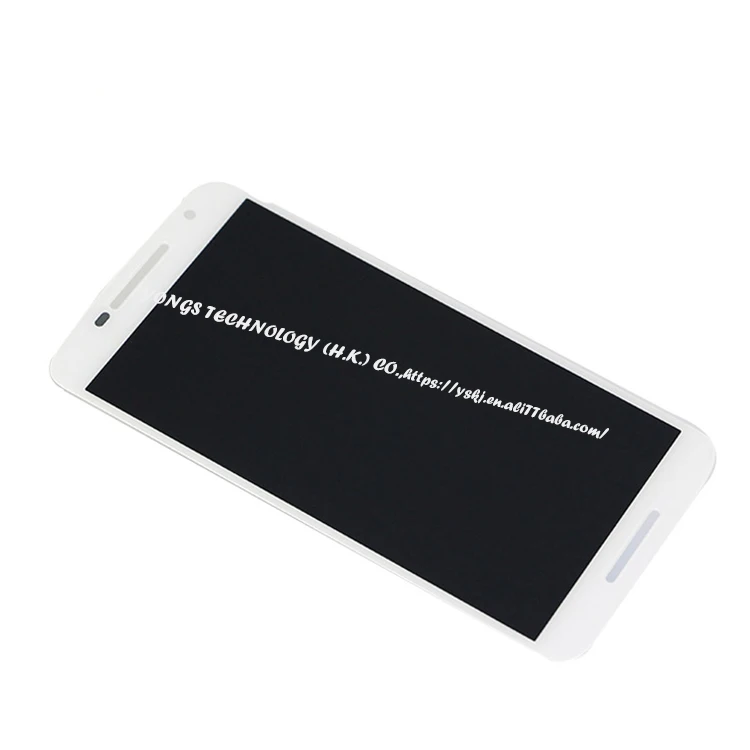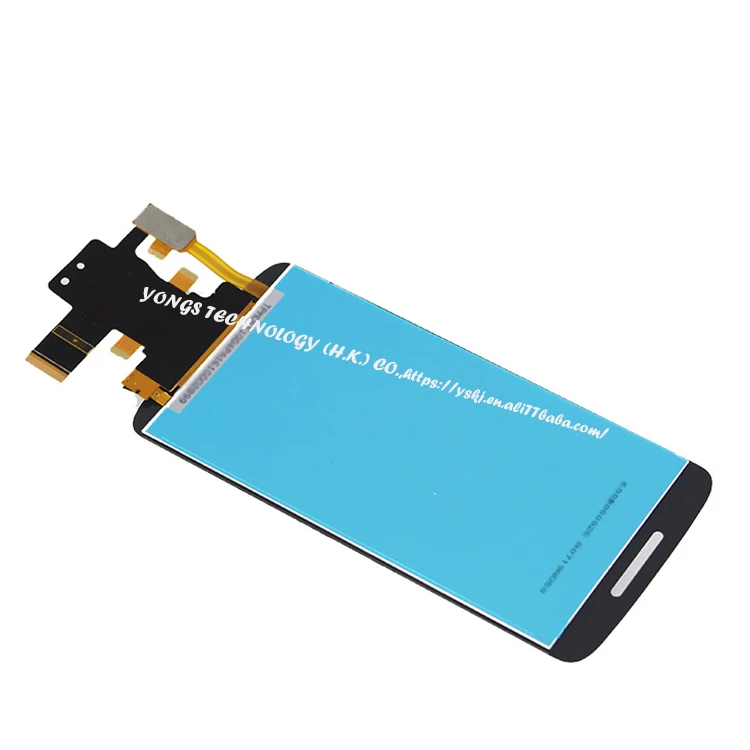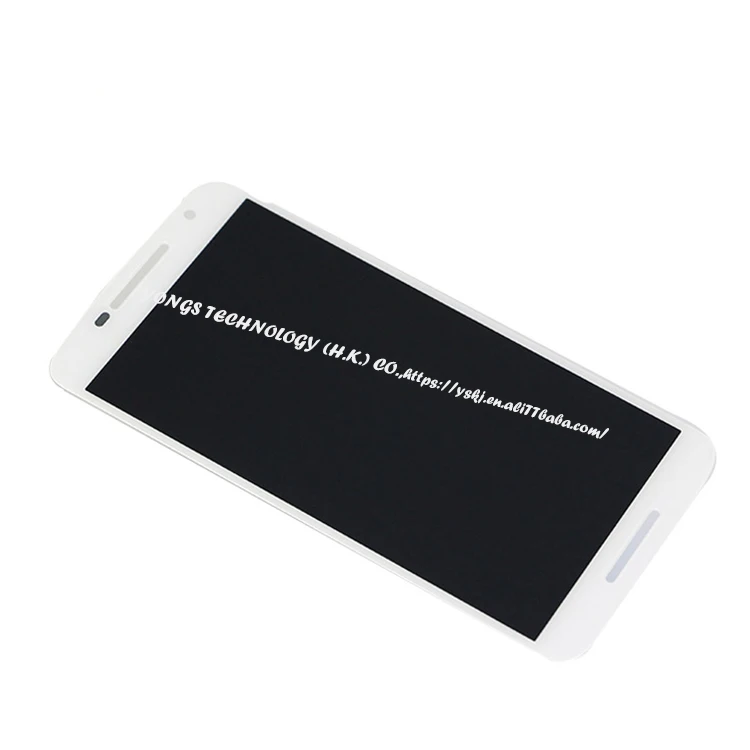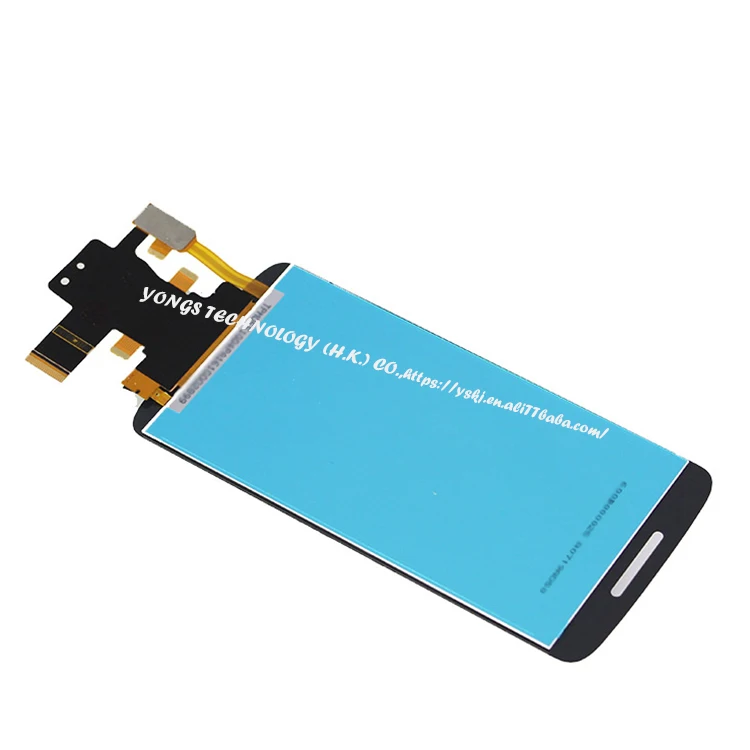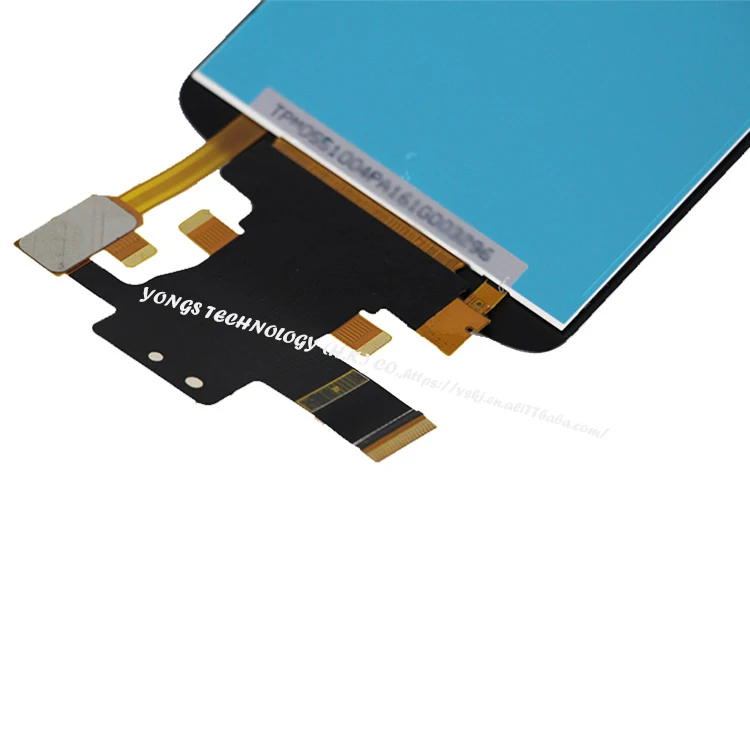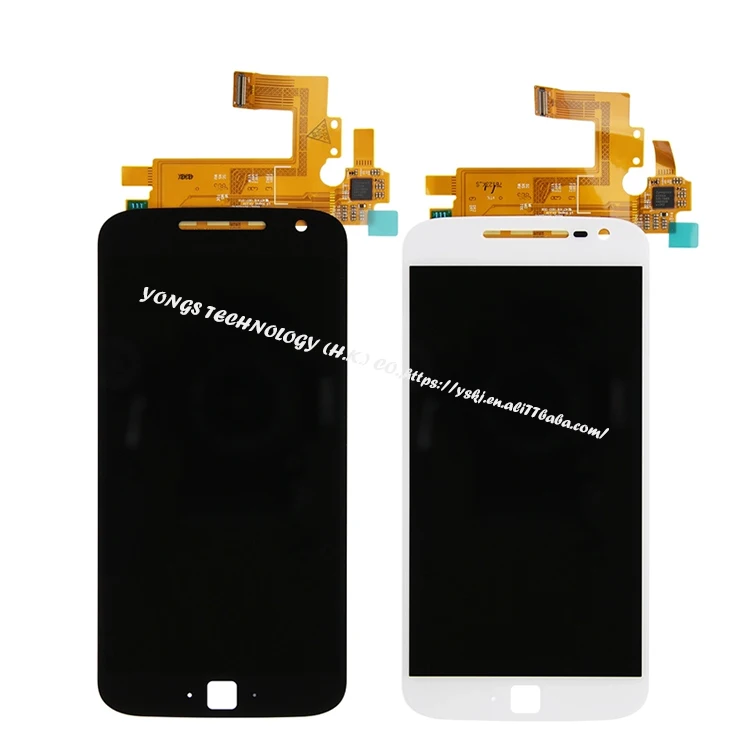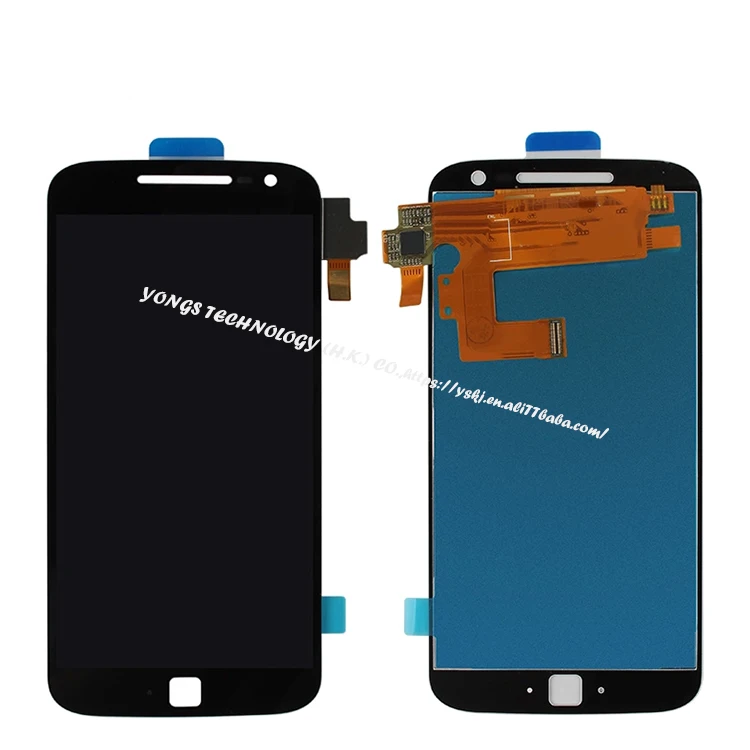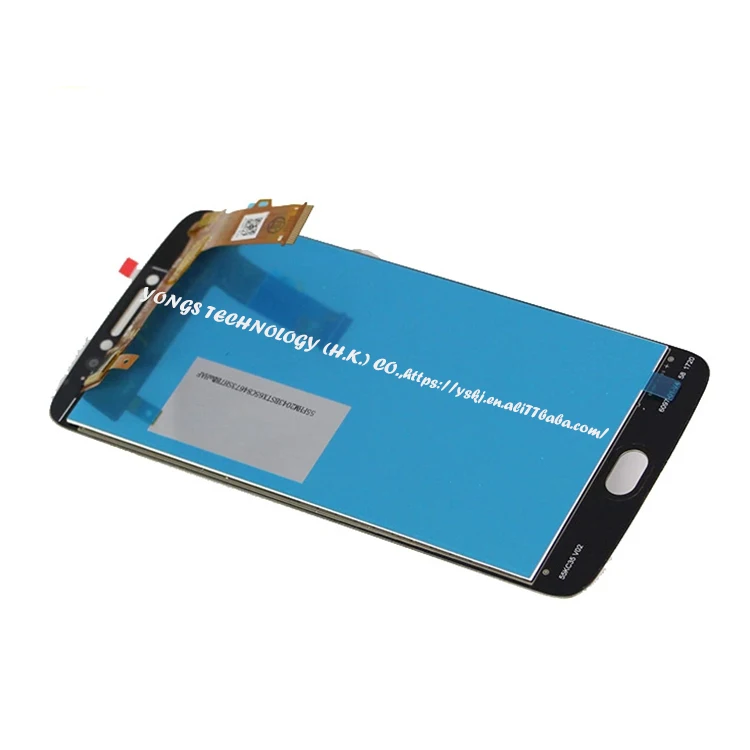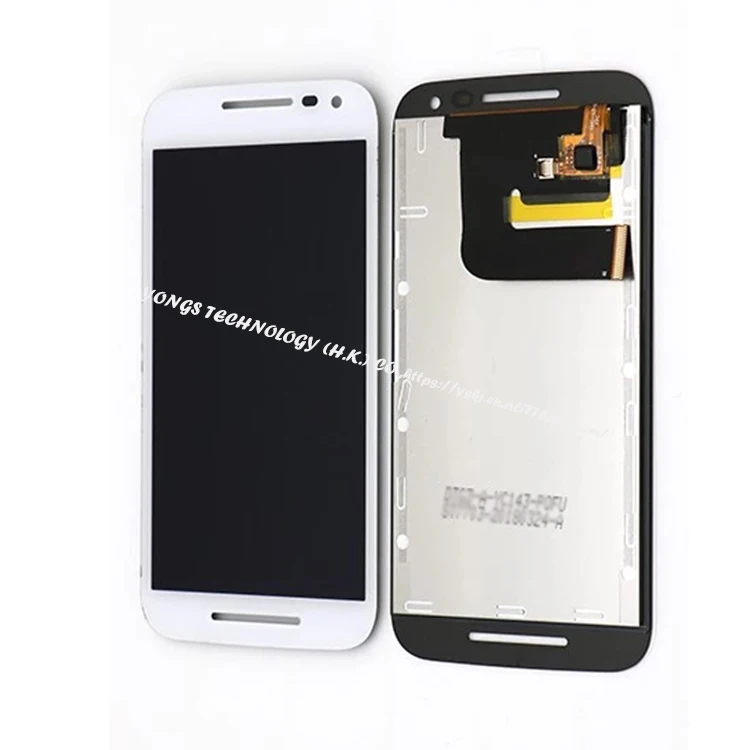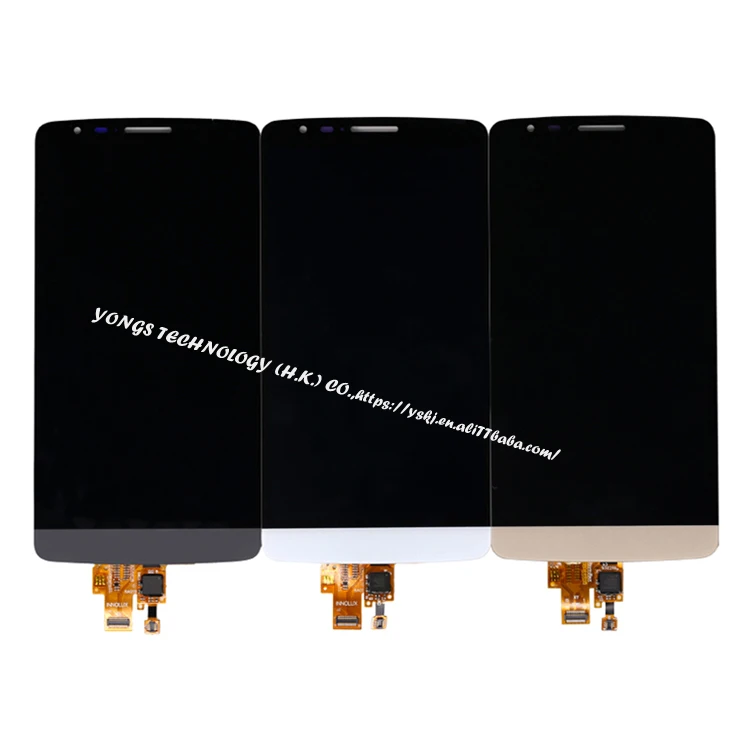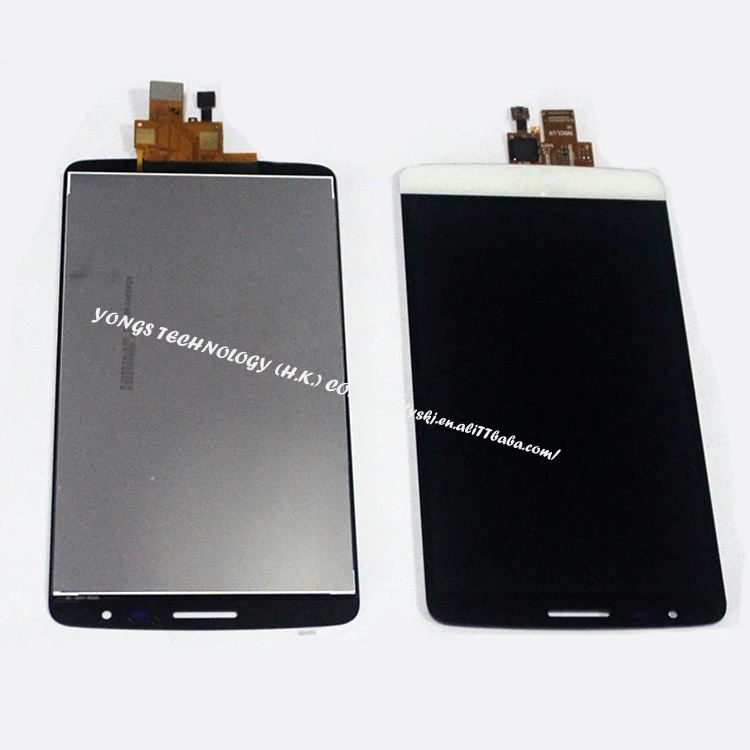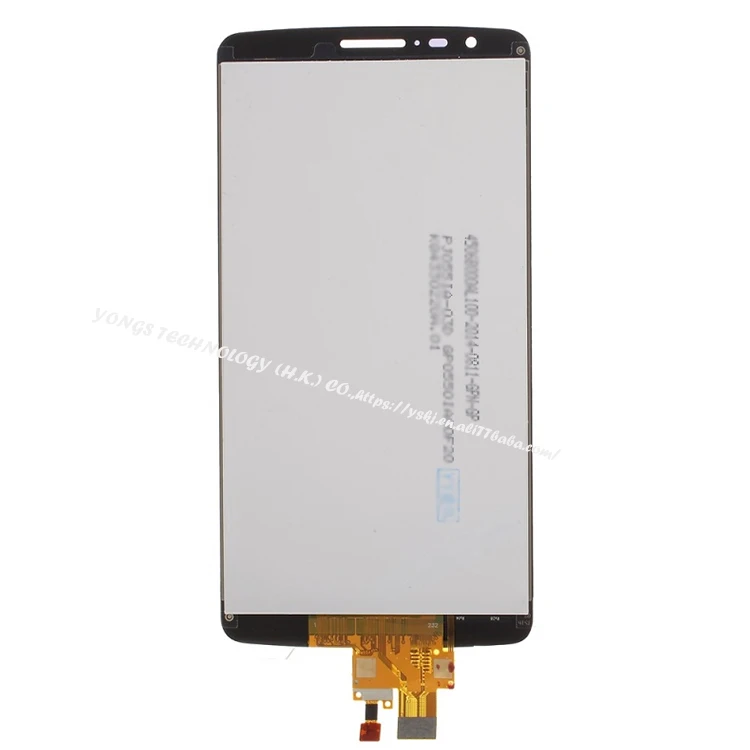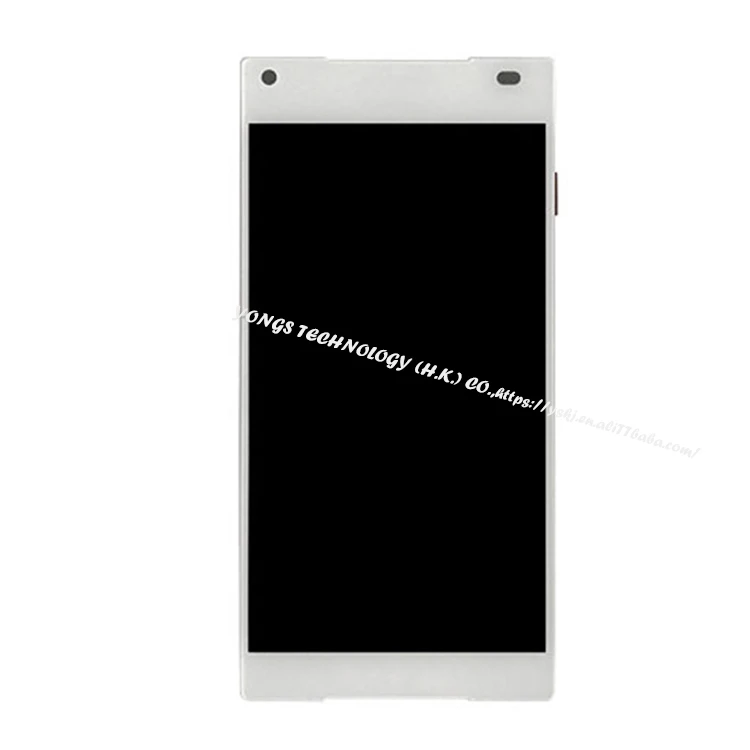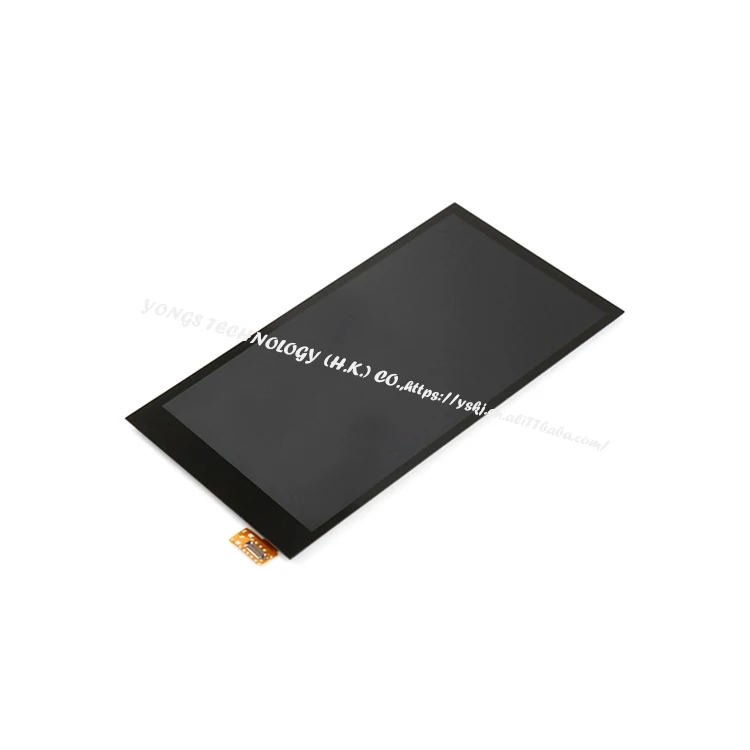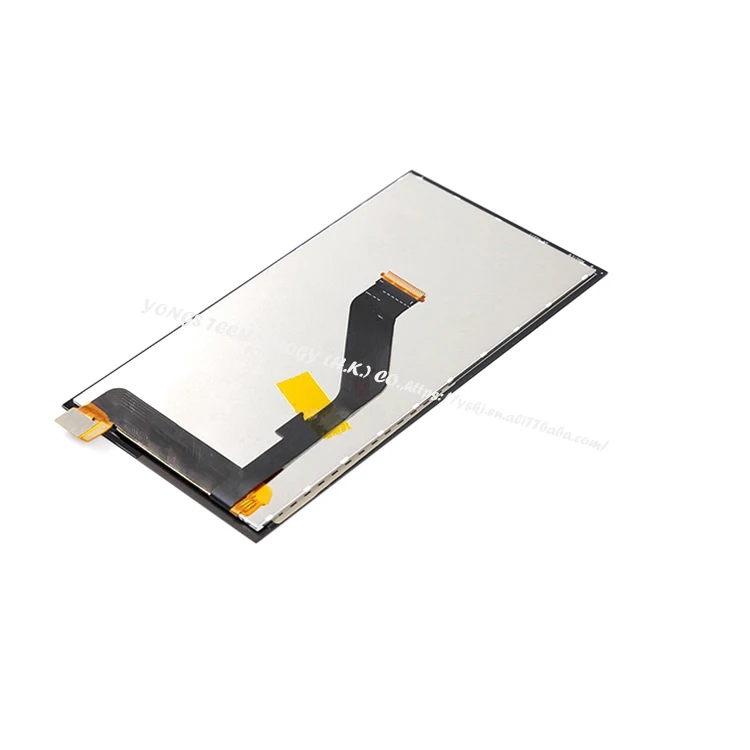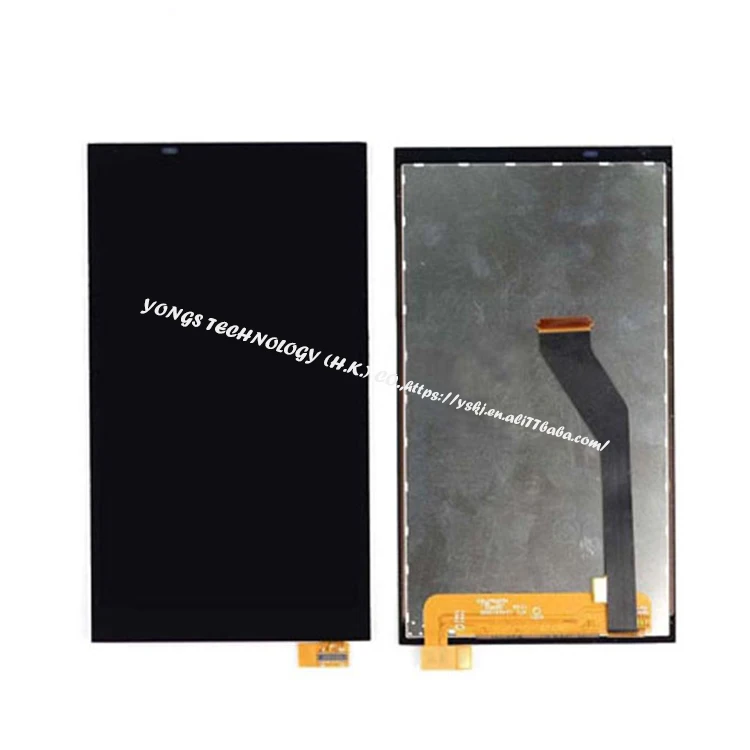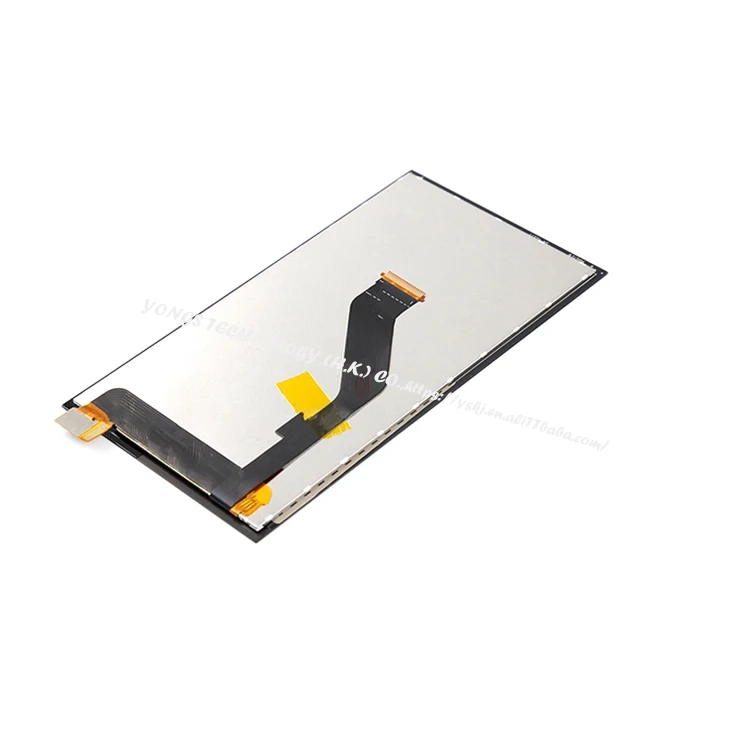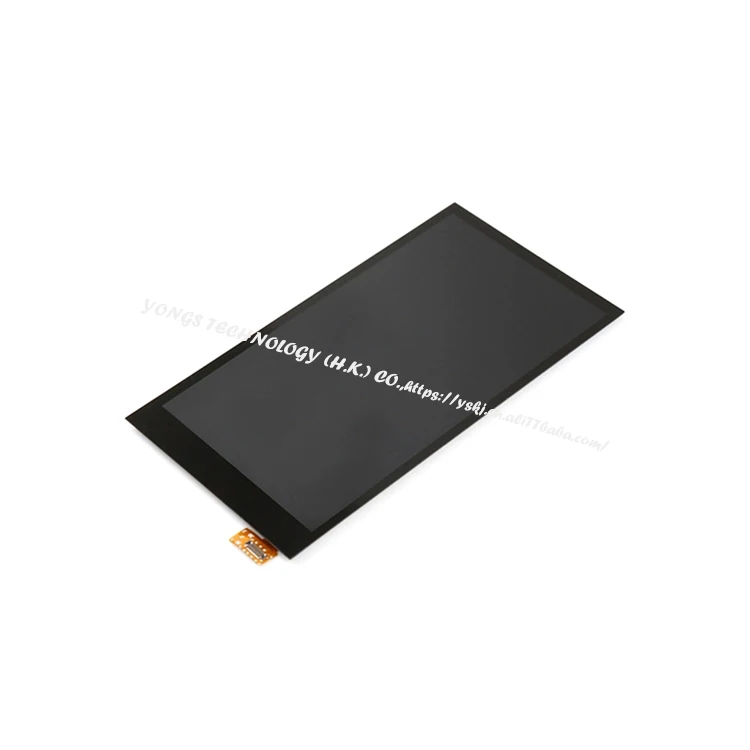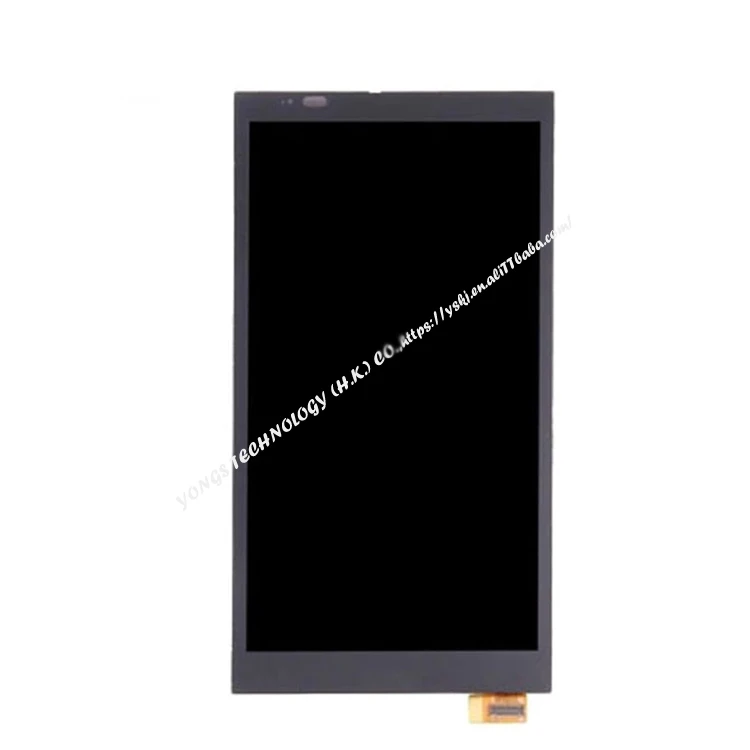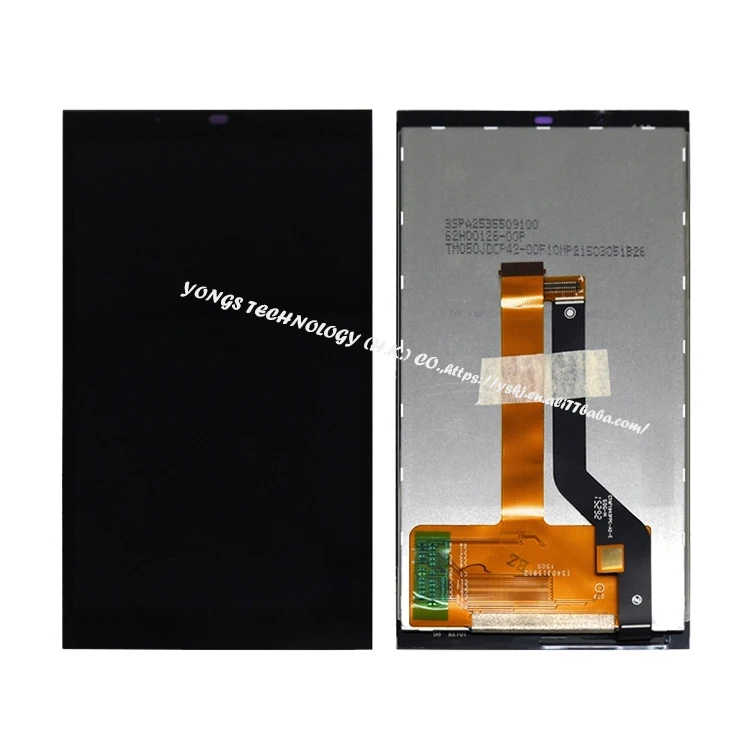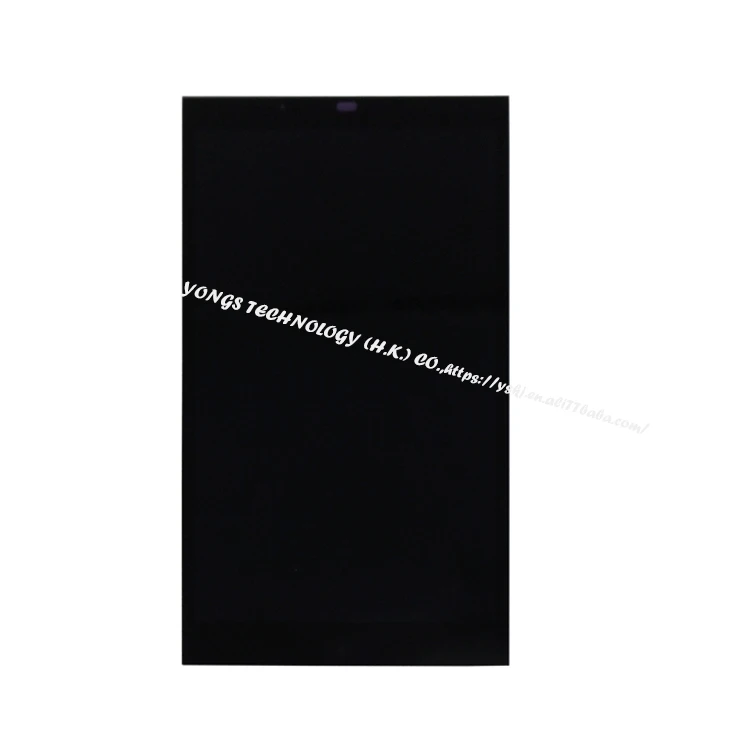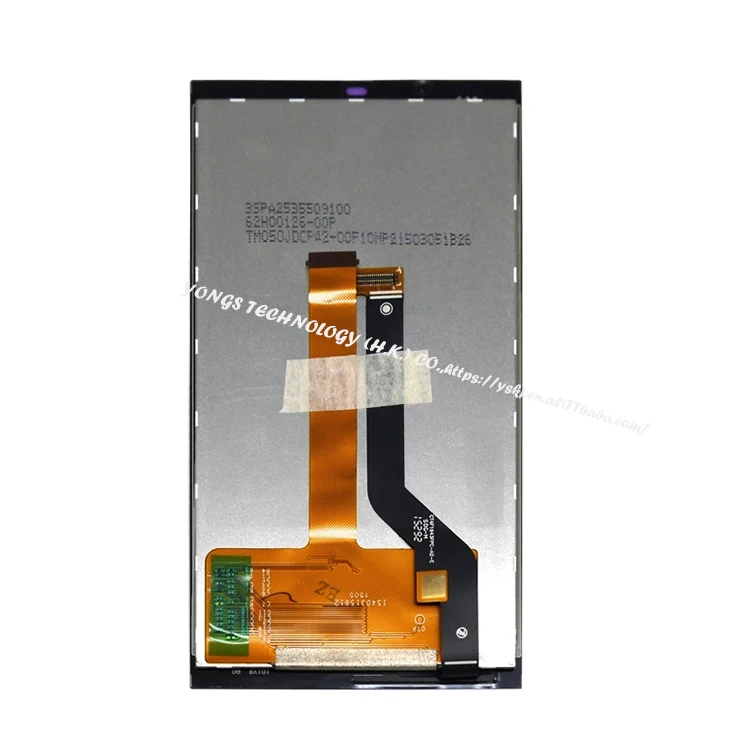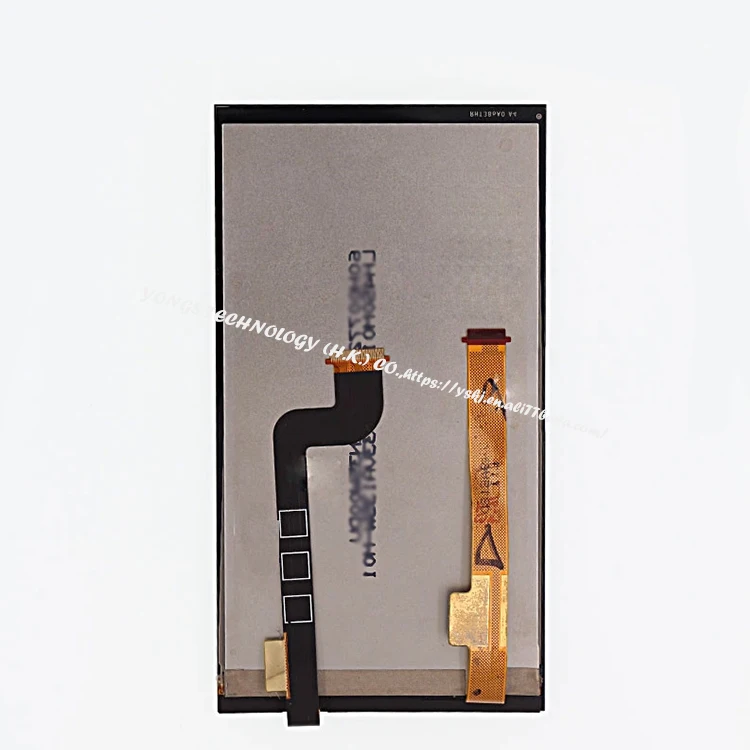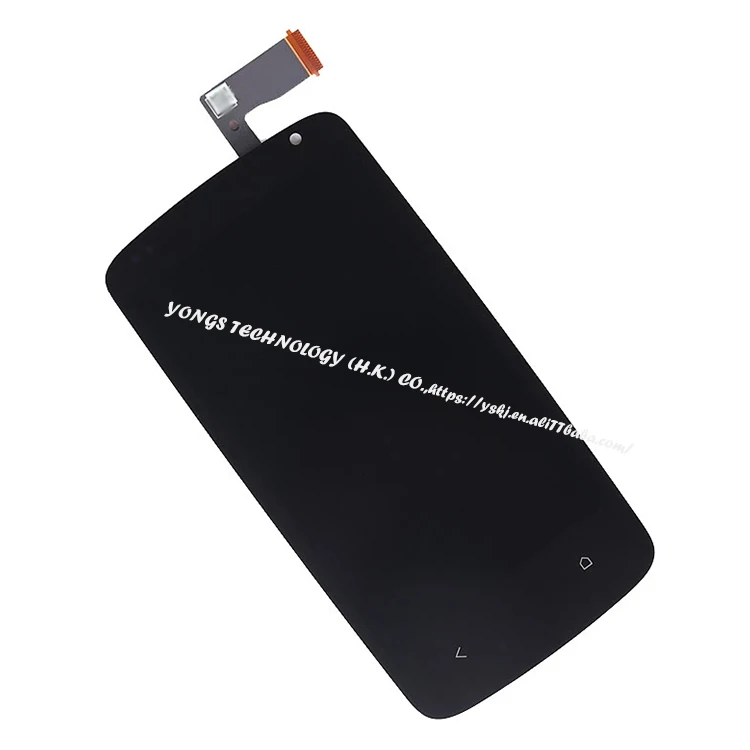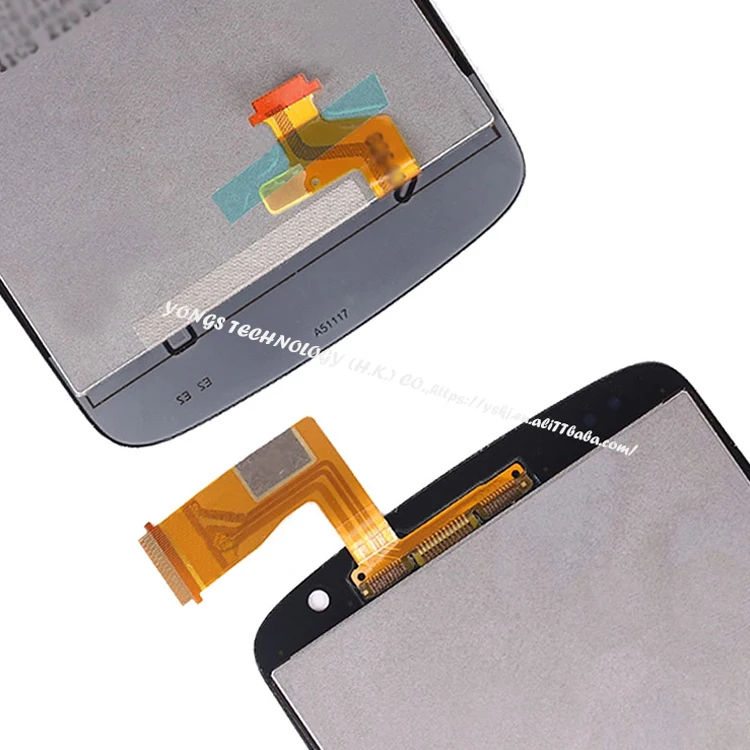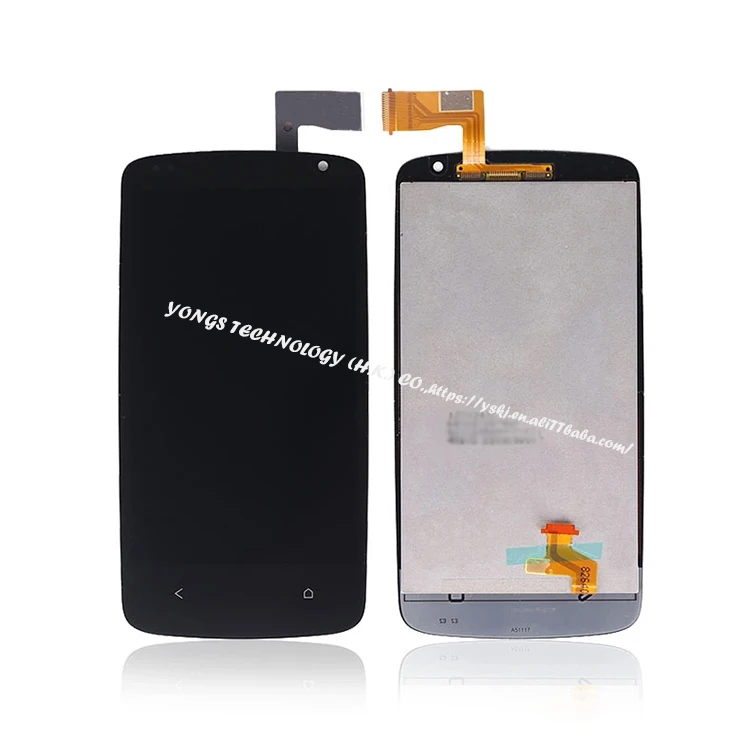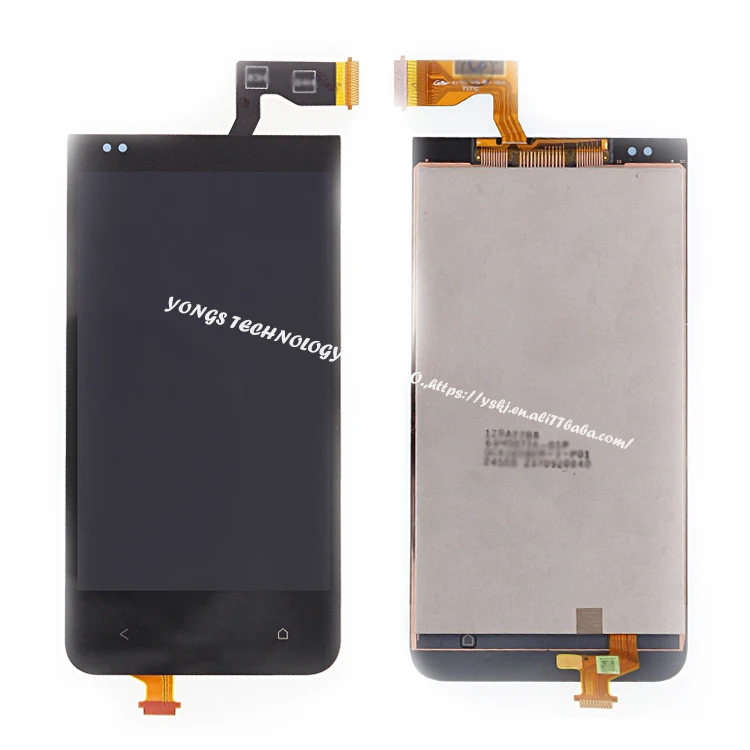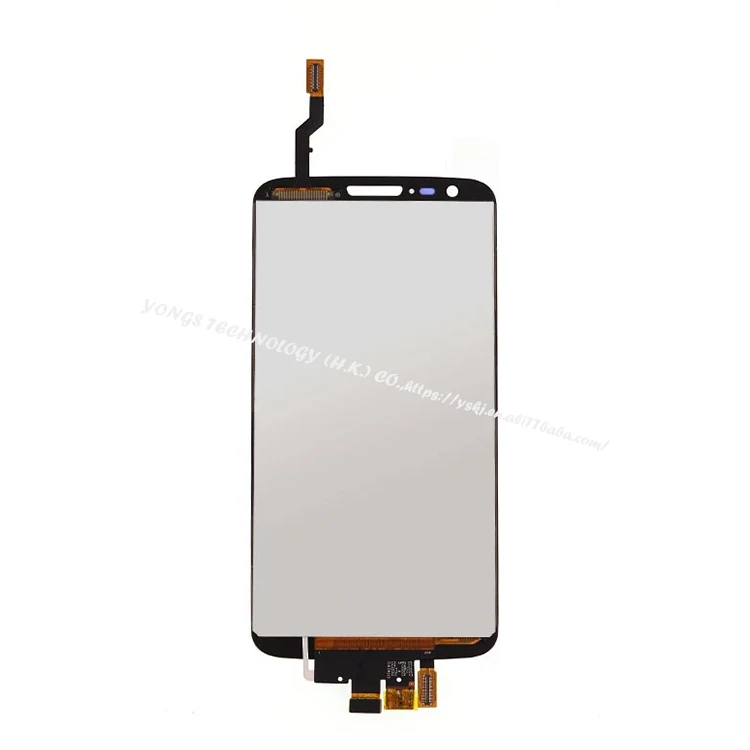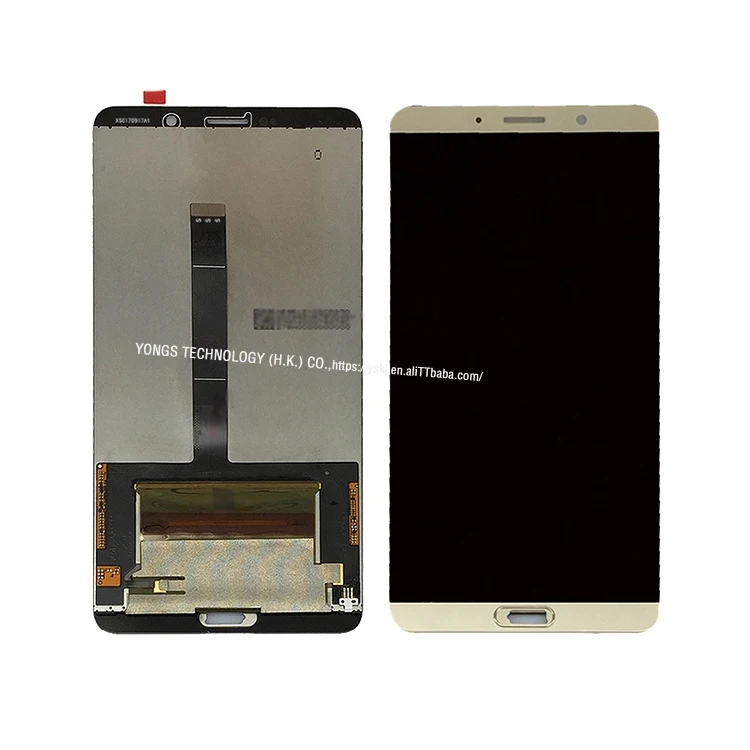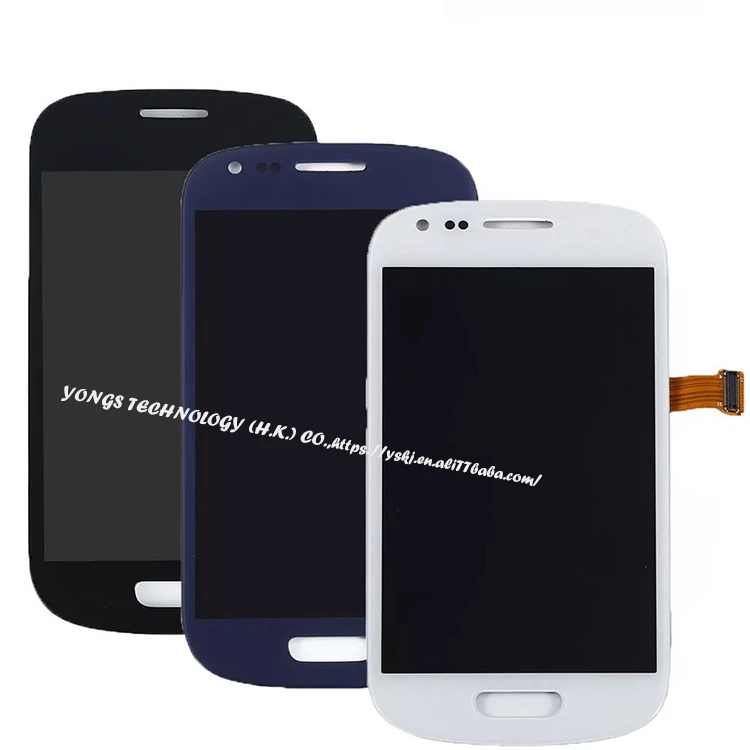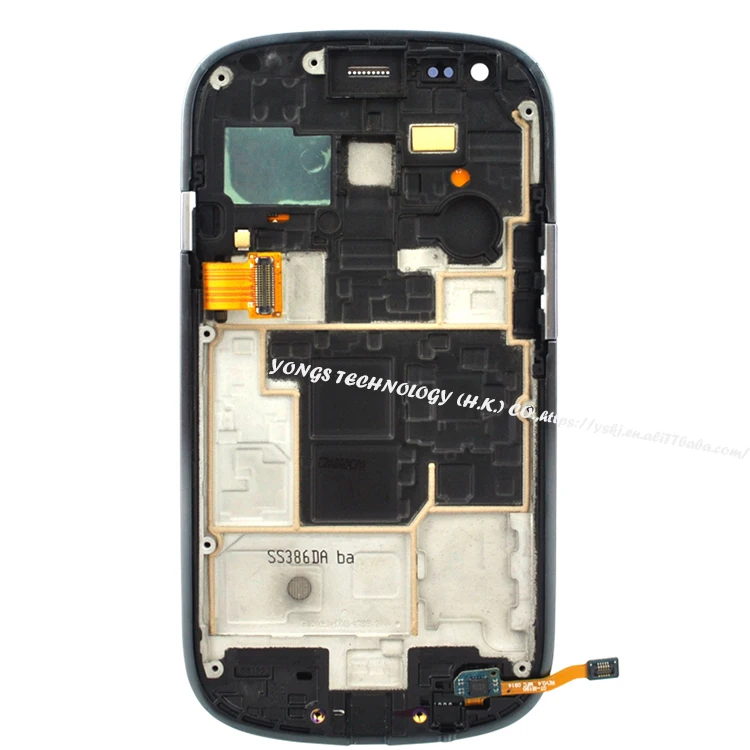Vibrating Screen: A Buyer's Guide to Reliable Options from China in 2025
Vibrating screens are essential equipment in industries like mining, construction, and recycling. They efficiently separate materials by size, ensuring smooth operations. This guide helps you understand the types, features, and how to choose the right vibrating screen from China in 2025.
How to Find Reliable Vibrating Screen from China in 2025
China remains a top supplier of vibrating screens, offering competitive prices and advanced technology. To find reliable suppliers:
- Check certifications like ISO 9001 and CE
- Review customer feedback and case studies
- Request material specifications and warranty terms
- Verify production capacity and after-sales support
Platforms like Alibaba connect buyers with vetted manufacturers, making the search easier.
What Buyers Should Know Before Buying Vibrating Screen from China
Before purchasing, consider these factors:
- Material quality (steel grade, mesh durability)
- Motor power and vibration frequency
- Customization options for specific needs
- Shipping costs and lead times
- Payment terms and MOQ (Minimum Order Quantity)
Always request samples or visit factories when possible to verify quality.
Types of Vibrating Screen
Common types include:
- Linear Vibrating Screen: Ideal for dry materials, with high precision
- Circular Vibrating Screen: Suitable for wet or dry screening, with multi-layer options
- High-Frequency Vibrating Screen: Used for fine materials, with efficient separation
- Banana Vibrating Screen: Features variable slope for increased capacity
Functions and features of Vibrating Screen
Key features include:
- Adjustable amplitude and vibration frequency
- Durable mesh screens with various aperture sizes
- Dust-proof and noise-reduction designs
- Energy-efficient motors
- Easy maintenance and cleaning
Modern screens often include IoT capabilities for remote monitoring.
Scenarios of Vibrating Screen
Vibrating screens are used in:
- Mining: Separating ores and minerals
- Construction: Sorting aggregates and sand
- Recycling: Classifying waste materials
- Agriculture: Grading grains and seeds
- Chemical: Filtering powders and granules
How to Choose Vibrating Screen
Selection depends on:
- Material characteristics (size, moisture, abrasiveness)
- Required capacity (tons per hour)
- Available space and installation requirements
- Budget and long-term maintenance costs
- Environmental conditions (humidity, temperature)
Consult with manufacturers for tailored solutions.
Vibrating Screen Q & A
Q: What's the lifespan of a typical vibrating screen?
A: With proper maintenance, 5-10 years depending on usage intensity.
Q: Can I get customized screen sizes?
A: Yes, most Chinese manufacturers offer custom dimensions.
Q: How often should I replace the screen mesh?
A: Typically every 6-18 months, based on material abrasiveness.
Q: What maintenance is required?
A: Regular cleaning, lubrication, and checking of fasteners.
Q: Are spare parts readily available?
A: Reputable suppliers maintain spare parts inventories.


